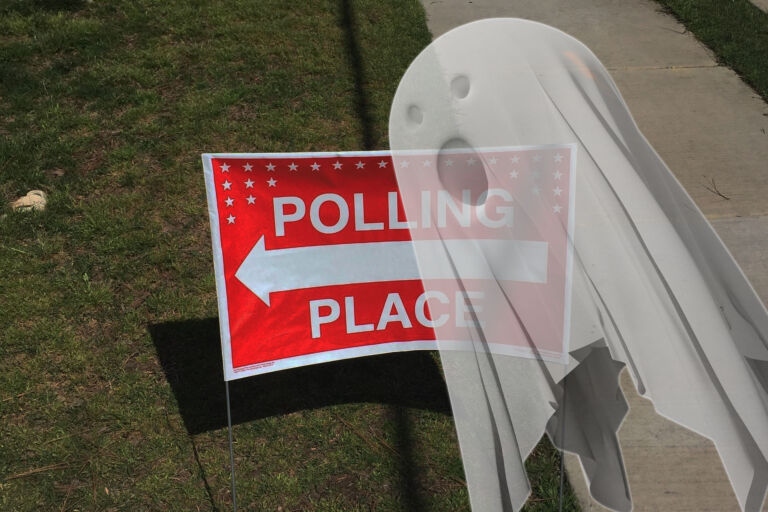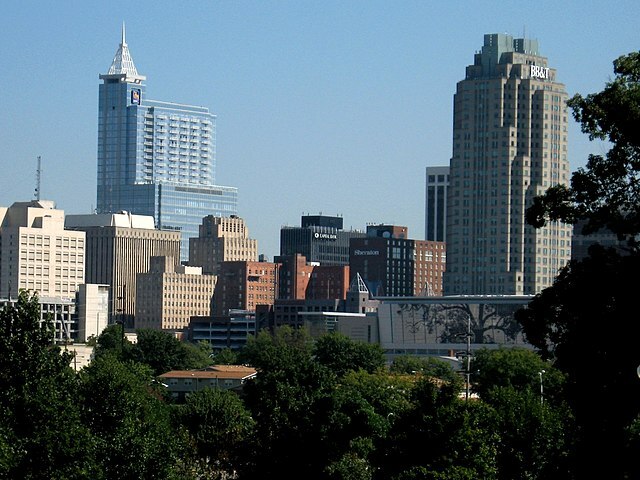Wake County and Triangle leaders want taxpayers to pay $4.6 billion for a 19th century technology
As many of you know, many Triangle political, bureaucratic, and community leaders are trying to follow Charlotte down the "all cost/no benefit" rail black hole. These leaders want the area to become a "world class" community by forcing taxpayers at the local, state, and federal levels to pay for 19th century technology that would not go where the vast majority of citizens want to go nor solve the traffic congestion or pollution problems.
Thus we asked David Hartgen and Thomas Rubin to evaluate the recently released "Wake County Transit Plan." Their report, "Review of the Wake County Transit Plan," provides some interesting and telling statistics that deflate the "pie in the sky" promises of the transit supporters.
- Door-to-door average travel time by transit is about double the time to make the same trip by auto. Very few people are going to use transit when it takes twice the time.
- Occupancy is just 11 percent of capacity. In other words, the average bus will have about 5 passengers and the average rail car will have about 11 passengers.
- Rail costs are extraordinarily high: Cost per rail rider per trip is $92 for commuter rail and $33 for light rail, most of which is paid by taxpayers, not by passenger fares.
- The region’s population density is extremely low making it unsuitable for rail transit. The region ranks 30 of 34 least dense regions with rail transit.
- "The statements concerning impacts on congestion, air quality, travel time, energy and jobs are unfounded" (emphasis added).
Hartgen and Rubin conclude:
[O]ur primary finding is that the Plan, as now proposed, is not technically or financially feasible and is unreliable as the basis for decisions regarding transit investment in Wake County.
The basis for our finding is that the Plan contains numerous optimistic assumptions, errors of fact or omission, and calculations that are at variance with standard practice in the transit industry.
While the Triangle Transit Authority (TTA) fiddles, Triangle traffic congestion gets worse. TTA officials and many other local leaders want rail transit, and they know more congestion creates the political pressure for their preferred solution.
Way back in 2006, we published a report by Christopher Goff ("Conquering Traffic Congestion in the Capital City: More Effective Solutions Than Light Rail") that lists seven simple and relatively inexpensive ways to decrease traffic congestion.
Raleigh Convention Center: Still a taxpayer money pit
The Raleigh Convention Center (RCC) continues to be the money pit we predicted in our 2008 report on the RCC.
Our latest report, "Raleigh Convention Center: Throwing good money after bad," documents the average 54 percent discount given to organizations that used the RCC between July and December 2011. In other words, the RCC staff gave away nearly $570,000 in discounts. Many lucky organizations paid nothing or token fees of $1 for rooms and space worth thousands of dollars.
On the other hand, twelve unlucky organizations paid the full list price for their space.
Interested taxpayers can see all of the contracts from our 2008 and 2012 reports at this searchable website: https://www.johnlocke.org/site-docs/research/RCC.
Click here for the Local Government Update archive.


